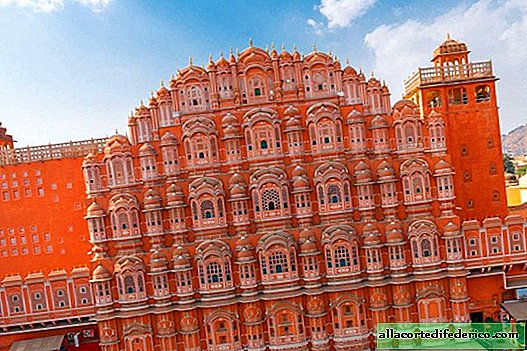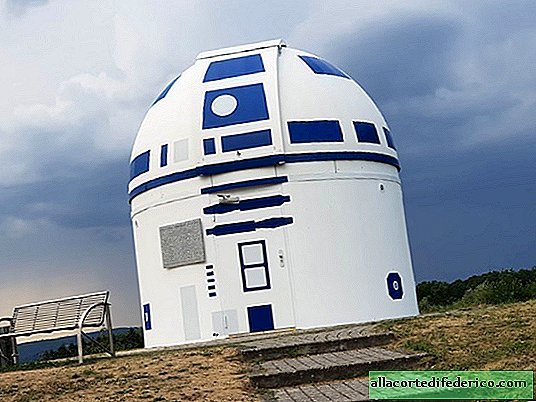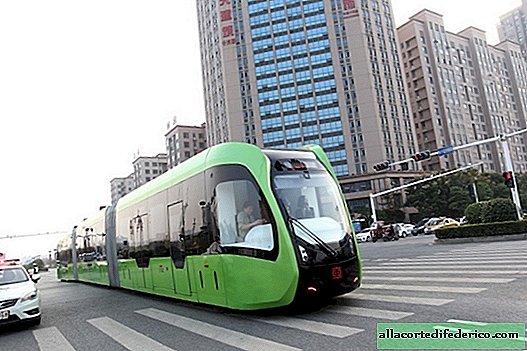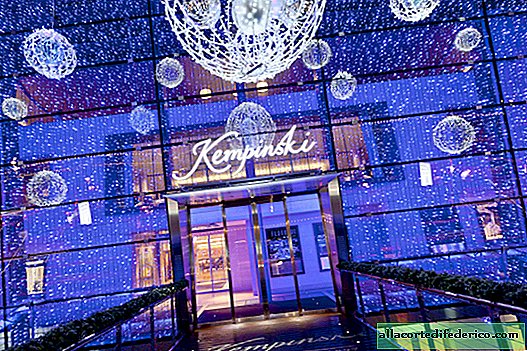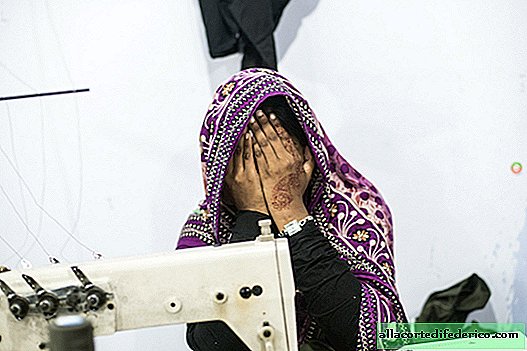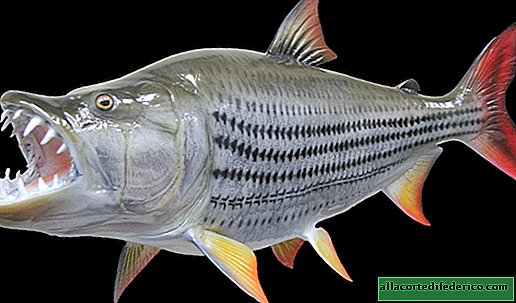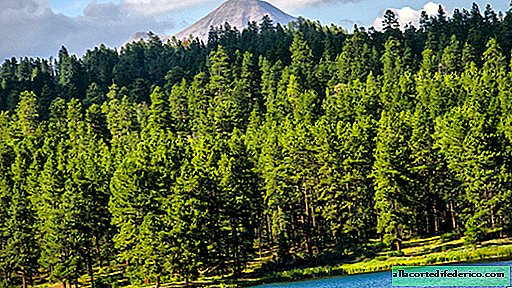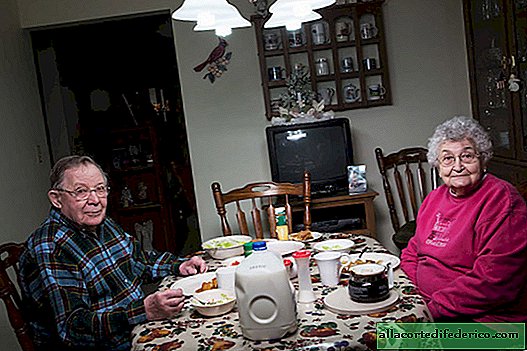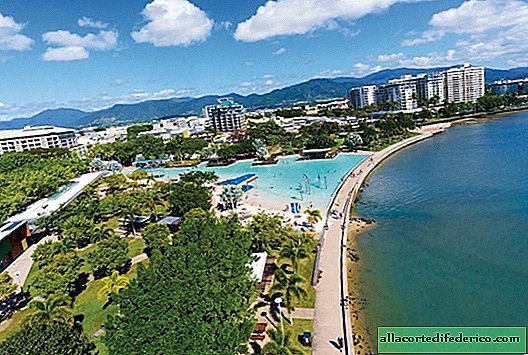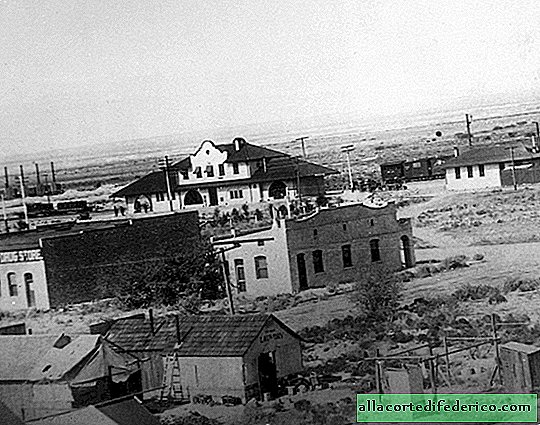Northern Russia: the life of reindeer herders in the tundra
Russia, Nenets tundra. The girl Mariana is 9 years old. Her peers, townspeople are already versed in cosmetic trends, flipping through the glamorous instagram ribbons, and Mariana skillfully manages a reindeer team across the vast expanses of the Nenets tundra. Very soon, a week later, she will board a school helicopter and go to a boarding school until spring, and while she is in a plague, where life does not stand still, where the place on the map is only tied to a variable gps position that only a helicopter pilot knows , with whom we went to visit Mariana.
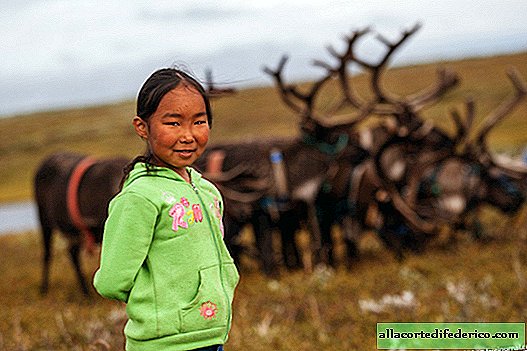
The life of reindeer herders leading a traditional nomadic lifestyle in the tundra is one of the most interesting parallel realities that I came into contact with during my travels. Today I want to tell and show how life is arranged in a summer plague, but I will definitely return for the winter continuation of this amazing story. A story that contrasts very much with the usual realities of everyday life in megacities.
Where is the fresh air ... that you taste.
Where is the vast expanse ... which you really feel, but you cannot grasp with your imagination.
Where they preserve the centuries-old traditions of their ancestors ... which cannot be replaced by any modern technology.

See a small color spot in the center of the frame?
A few pixels in the photo, a small, barely noticeable point on the map and a place that is very well described by the untranslatable phrase "in the middle of nowhere". This is the plague of reindeer herders from the Harp reindeer herding brigade.

Helicopter pilots know only approximate coordinates, the search is conducted visually on the ground, sometimes it takes half an hour or more.
The soil in the tundra is special, unlike anything else, soft and soft to the touch. The Mi-8 helicopter of the United Naryan-Mar squadron cannot land here, so it freezes, touching the surface. We unload our things very quickly.
And after 5 minutes, it rises sharply into the air, blowing back even a backpack or bag for tens of meters.
This is Timofey - the foreman of the reindeer herding team "Kharp", in his submission four shepherds, a plague worker and ... 2500 deer.
Timothy Komi himself, and the shepherds in his brigade are Nenets. And his wife is also Nenka.


In summer and winter on the tundra they move on a sleigh. In summer, they also glide perfectly on the surface of shrubs.

- What is nomadic reindeer husbandry?
- There are 7 brigades in the Kharp reindeer husbandry, all of them belong to the collective farm, which is located in the village of Krasnoe. Each brigade has its own grazing route, changing its location every 3-4 weeks, passing tens of kilometers along the tundra. Timofey’s brigade covers a distance of 200-300 km per year, for some brigades this route can be up to 600 km. The herd itself grazes in a radius of 10 km.
In the village of Krasnoe, the brigade members have houses, but they rarely live in them, on vacation and after retirement. Even retirees go to the tundra whenever possible.
- Why is it impossible to engage in reindeer husbandry on a stationary farm?
- In Soviet times, attempts were made to equip a stationary economy. But reindeer husbandry cannot be stationary; deer eat reindeer moss, which is updated years later. On the other hand, the number of deer cannot be increased uncontrollably for the same reason - there is simply not enough food on the vast expanses of the tundra.
- How to make venison from a deer?
- Every spring, deer bring posterity, in the team at Timofey 1200 calves, half of which will need to be handed over to the slaughter plant on the collective farm by winter.
In December and January, deer are slaughtered. Most slaughter centers (located in villages) do not have refrigeration units, so freezing occurs naturally. The number of deer in the Nenets Autonomous Region is 180 thousand; 30-35 thousand deer are slaughtered annually. 70-80% of the slaughter contingent is deer up to 1 year old. For comparison: in the 70s of the last century, 60-70 thousand deer were slaughtered annually in the Nenets Autonomous Area.
Frozen deer carcasses are taken from settlements in the tundra using the Mi-26 helicopter, this is the largest serial transport helicopter in the world! One hour of operation of the Mi-26 costs 670 thousand rubles., The carrying capacity is 18 tons. With the purchase price of 125 rubles per 1 kg of venison, the cost of its helicopter transportation is another 90 rubles / kg !!! And there are simply no other options to get to the remote regions of the okrug. There are no roads or winter roads! During the winter, the helicopter makes 20-25 such flights to different regions, where meat is transported centrally by snowmobiles from smaller villages or deer drive themselves to large slaughter points. Moreover, there are flights for 1 hour, and there are flights for 5-6 hours.
The turnover of the only Naryan-Mar meat processing plant is 900 tons of venison per year. 450 tons are delivered by helicopter and 450 - by ground transport on winter roads. In total, during the season 1000-1100 tons of slaughter takes place in the Nenets Autonomous Okrug, 900 are taken and processed by the meat processing plant, and 100-150 are bought up by the local population and used locally for their own needs.
- How much does a deer cost?
- One live deer costs an average of 15 thousand rubles. This is not only meat, but there are horns, hooves, skin ...

Mariana is in the plague all summer, the only way to adopt reindeer herding skills. In the Nenets Autonomous Okrug and Yakutia, distance education is introduced, when even in winter the children stay with their parents in the tundra, and the basic education is taught by parents.
Children help with housework in the vast majority of tasks. Here, for example, Mariana helps to whisk deer, driving them into a carzac (the area limited by a grid), where shepherds select deer for harnessing with a sled. Marina harnesses and harnesses the deer herself without any problems.

Shepherds and the brigadier know each deer "in person." Many have nicknames.


- Mariana, what are your toys?
- (thinking) None, why do I need toys? I’m wearing argishas (sledges with things and products), puppies, reindeer teams ...

Timothy found a fragment of a mammoth tusk, began to dig, found other bones. That’s why we flew to him this time. Further our expedition continued, and we started digging deeper in search of the rest of the skeleton.


Satellite dish and TV in the plague. One tank of diesel fuel in the diesel generator is enough for 6-8 hours of viewing. Everything is delivered only by helicopter in the summer! In winter, a little easier - on a snowmobile from the nearest village you can bring the necessary things, products, diesel fuel.


This is firewood ... in the tundra with firewood is not easy, because there are no trees here.


In the plague, the hostess treats us to delicious pasta with stewed venison! The taste can not be described in words.




The last days of summer ... the last rays of the stingy polar sun. The last days in the tundra for Mariana before a long school year at a boarding school.
Deer translated from Nenets means "life." A deer is everything: food, dishes, clothes, this is life in the truest sense of the word.

So who leads where?
A reindeer breeder leads a herd of deer?
Or do reindeer herders move their plague from place to place, following the herd?


